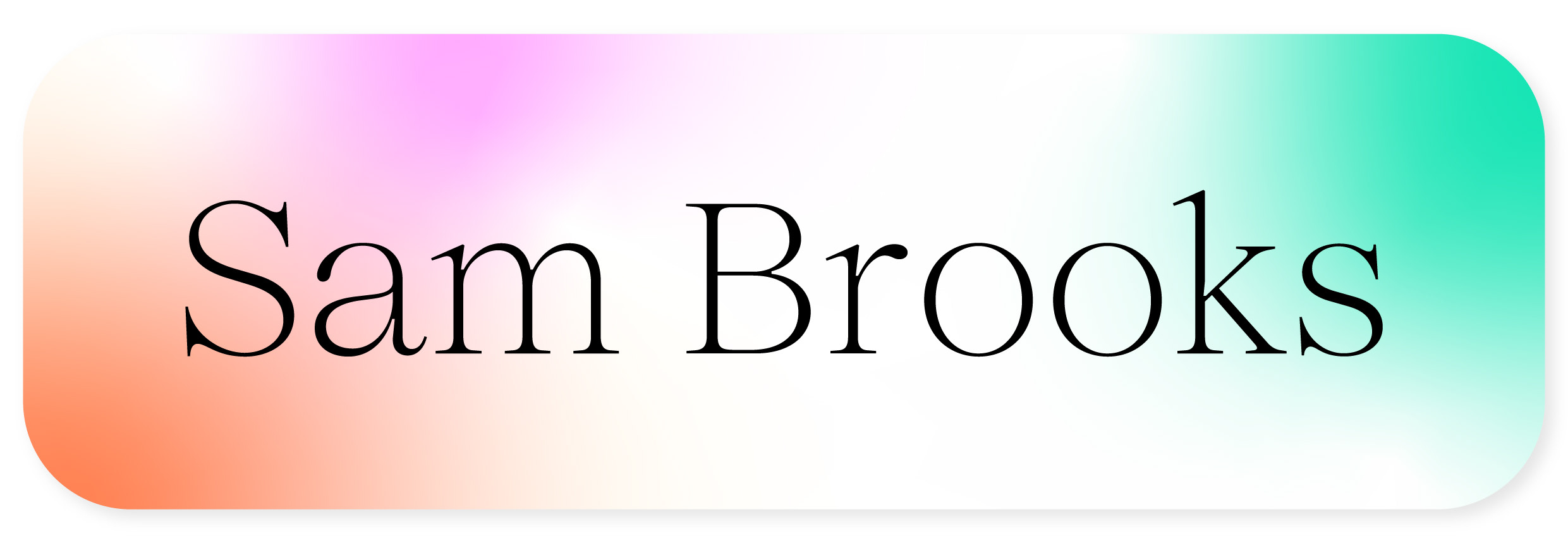Gallery of Everywhere was a project I completed as part of my Masters Degree dissertation, looking into how art galleries have been affected by COVID-19.
Throughout the COVID-19 lockdowns, Art Galleries have had to adapt to their efforts from traditional gallery experiences to something less physical.
A lot of galleries decided that online exhibitions are the best way to handle this, but with this brought it’s own issues, unique to digital.
Gallery of Everywhere takes what has been learnt from these experiments in digital, and attempts to improve on the aspects that digital media is weakest, whilst elevating the elements it excels at.
Tour of website and gallery content
Homepage
The home of the Gallery of Everywhere is a blank canvas for our services, events and
exhibitions. The design for this will stay the same throughout exhibitions providing a pared down and neutral branding theme that focuses on the work shown at our events.
exhibitions. The design for this will stay the same throughout exhibitions providing a pared down and neutral branding theme that focuses on the work shown at our events.
Our physical spaces, will be spread throughout different locations. These spaces will show a selection of the work from the exhibition, in the case of Digital Entropy, each gallery will host a different artists work, and host Q&A events throughout the first week of the exhibition. The gallery will also host tours and other talks while the gallery is in town.
Once the exhibition is over, the physical spaces will close down, ready to open up in the same or a new place for the next exhibition.
We realise that different viewers have different needs and reasons to visit galleries, so we have developed a way to change the text within the exhibition pages between “Narrative” and “Education” modes. These allow users to find the information they want to see, whether it be the standard information provided with the exhibition in Narrative mode, or the more in-depth information found in Education mode.
Each exhibition has a customised set of UI elements, but we also want the users to be able to customise the exhibition for their needs. We realise that users may need a range of accessibility options, such as reducing animations or larger, bolder text and icons, so
we have included a range of settings that address as many issues as possible.
we have included a range of settings that address as many issues as possible.
We have also added a range of settings that can help you customise your experience to your personal taste. These include the ability to turn on and off the specific social features, if you don’t want to use them.
Digital Tours mean that users from all over the world can engage with the gallery and
enjoy any exhibition we show. The user interface provides a platform inwhich art can be shown and discussed, the tour guide can highlight certain parts of the page and the visitors can see and interact with eachother through their webcams and microphones.
enjoy any exhibition we show. The user interface provides a platform inwhich art can be shown and discussed, the tour guide can highlight certain parts of the page and the visitors can see and interact with eachother through their webcams and microphones.
Digital tours are paid content.
Using the functionality of WatchParty.me, visitors will be able to invite others to view the exhibition with them from home. This can also be used by schools, to view the exhibition with students.
Social features, such as adding comments and sharing images to social media. These features help increase the reach of the gallery, and can lead to new visitors.
